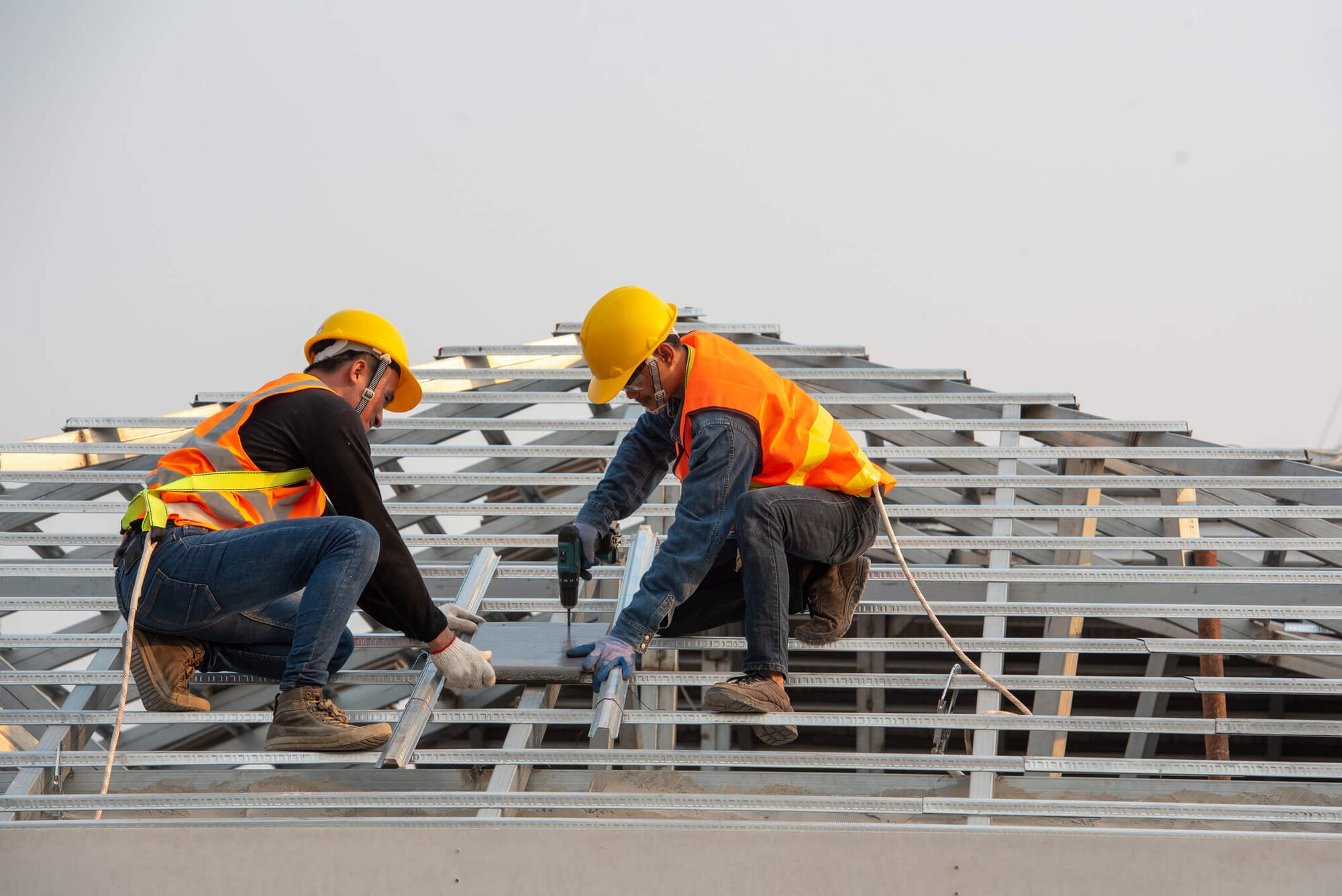Walk onto a jobsite today and you’ll see women picking up tools, leading crews, and mastering the trades–developing valuable skills and breaking stereotypes. Women now make up over 11% of the U.S. construction workforce, which is the highest share in 20 years, according to the National Association of Home Builders.
It’s a milestone worth celebrating, but it comes with a hard truth: many women don’t stay in construction. Retaining women has become the next challenge for contractors. According to the report, Women in the Skilled Trades: More Than Just Boots on the Ground, by Ambition Theory and NCCER, 40% of women interviewed said they were considering leaving their positions in construction in the next year, even though they enjoy the work.
"Construction employers need to make accommodations at the jobsite that haven't been there before," said Kit Dickinson, construction industry executive at ADP, in a recent article by ADP. "Gearing those accommodations to attract more women into the field by having, for example, lactation stations on the jobsite and making equipment accommodations instead of using one-size-fits-all gear. Those are things that have to evolve and be more progressive in some respects to help attract and retain those coveted workers, because they're in great demand."
Here are the top reasons women leave the industry, and how contractors can create a more female-friendly environment where productivity rises, safety improves, and the next generation of women sees a place for themselves in the industry.
1. Fix the Culture Problem
Construction has long been a “boy’s club.” Though this model is changing slowly, every jobsite must be inclusive to help women feel accepted and supported. Leadership must model respect and accountability across every crew and every site.
This support extends to giving women a seat at the table and valuing their opinion. Expertise and input must be valued based on merit, not gender. The survey found 80% of craftswomen report having their expertise questioned or being mistaken for a junior employee.
Creating a culture of respect, equanimity, zero tolerance for harassment, equal access to training, and fair work assignments shouldn’t be aspirational–it should be the status quo.
2. Don’t Let Women Feel Isolated
Keeping women in the trades means connecting them. Formal mentorship programs that pair new hires with experienced professionals can dramatically increase retention. Women in the field need visible role models and allies who’ve navigated the same challenges.
Often, the pool of women on a jobsite is small compared to the pool of men. By connecting women on the team with each other, contractors provide them with a safe space where they feel comfortable asking questions they may not want to ask a man. When women feel safe and supported, they are more likely to stay in the industry.
3. Consider Women When Planning
From safe and private restroom facilities to properly fitted PPE and tools, small infrastructure changes can have a major impact on safety, comfort, and morale.
The survey found many craftswomen are forced to purchase their own PPE because standard gear does not properly fit. Contractors that provide appropriate PPE and restroom facilities–without needing to be asked–send a signal that they value the women in their workplace.
When companies design jobsites with everyone in mind, they demonstrate that everyone belongs.
4. Build on Women’s Skills
Many women leave construction because they can’t see what’s next. Contractors who outline clear advancement paths like apprenticeships that lead to leadership roles, training that builds toward certifications, or project experience that earns a promotion show women there’s a reason to stay.
However, only 1 in 15 survey respondents reported access to formal career advancement resources for women. What a missed opportunity, when the same survey found women want to grow: 90% expressed a desire to advance into leadership, management, or training roles.
5. Provide Schedule Flexibility
For many women in construction, the challenge isn’t skill or ambition; it’s balancing work with caregiving, continuing education, or other personal responsibilities. Rigid and demanding schedules often force women to choose between advancing in their careers and meeting life’s obligations.
Work-life balance isn’t a buzzword; it’s a business strategy. Offering schedule flexibility, parental leave, or predictable shifts where possible can be the difference between losing and keeping a skilled tradeswoman.
Encourage Women to Commit to a Construction Career
The construction industry’s labor shortage won’t be solved by simply getting more people in the door. It will be solved by building workplaces that people want to stay in, where every craftsperson, regardless of gender, can see a future worth building.
"Bringing women into the workforce and diversifying a team is the most important aspect to both construction executives and to strengthen the workplace,” said Mary Matthews, President of the Maine Chapter of the National Association of Women in Construction. “It’s necessary to include women in the industry because it creates a stronger and more advanced talent pool.”
Women are already showing up to do the work. Now it’s on contractors to make sure they feel supported, welcomed, and challenged enough to stay in the industry.



